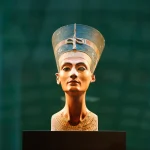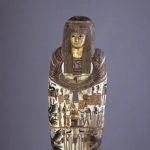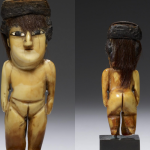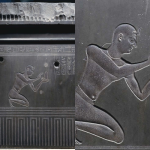Coffin of Ramesses II
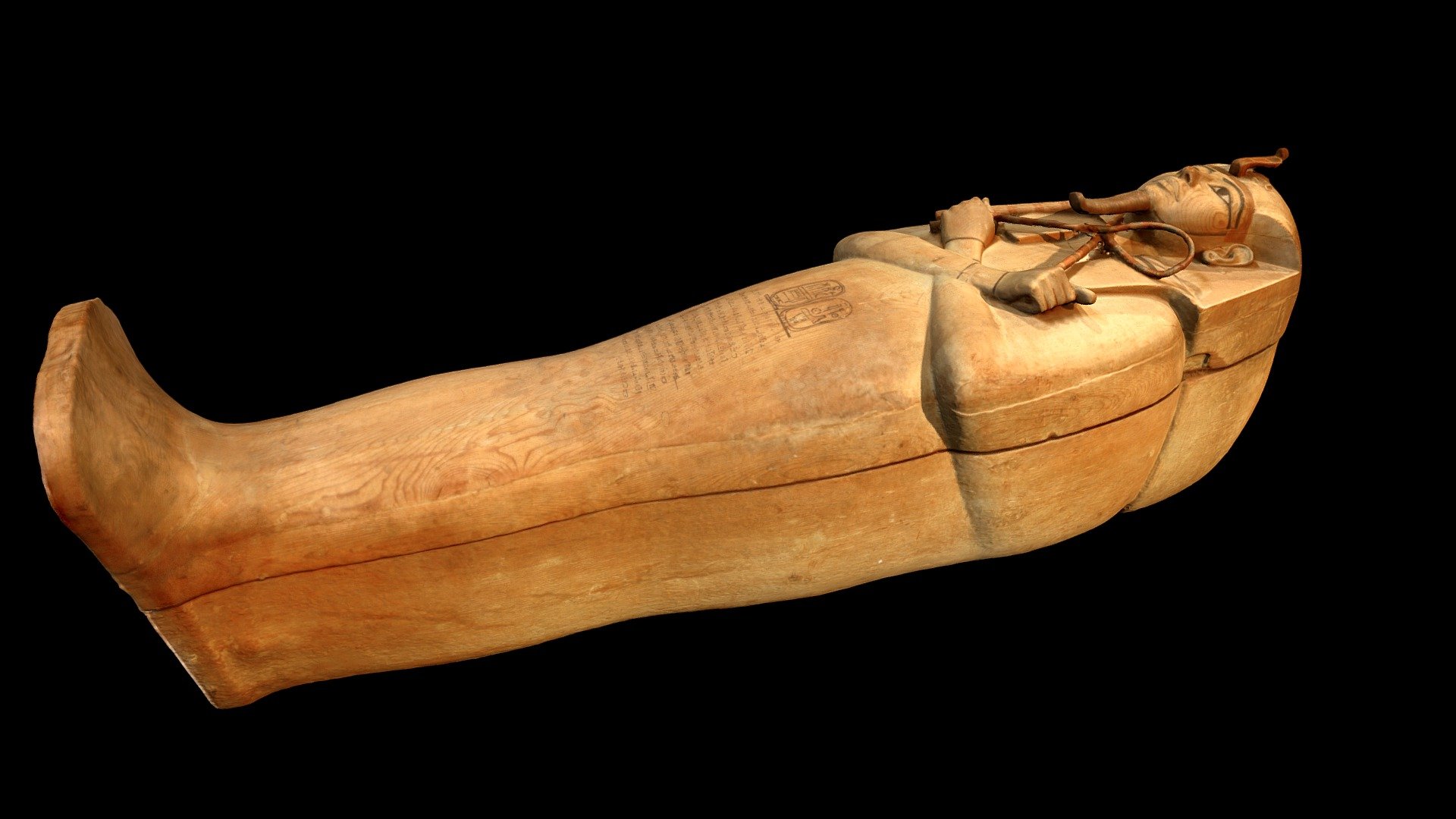
Ramesses II, also known as Ramesses the Great (reigned c. 1279–1213 BCE), was one of ancient Egypt’s most powerful and celebrated pharaohs. As the third ruler of the 19th Dynasty, he is remembered for his long and prosperous reign, his ambitious building projects, and his role in expanding Egypt’s influence across the Near East.
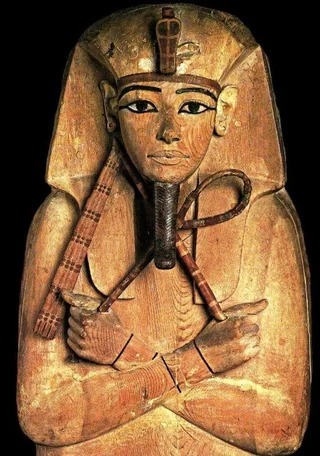
Ramesses II led several military campaigns, most famously the Battle of Kadesh against the Hittites, which ended in the world’s first known peace treaty.

A master of royal propaganda, he filled Egypt with monuments proclaiming his divine authority and military prowess — among them the temples at Abu Simbel, the Ramesseum in Thebes, and grand additions to the temples of Karnak and Luxor.
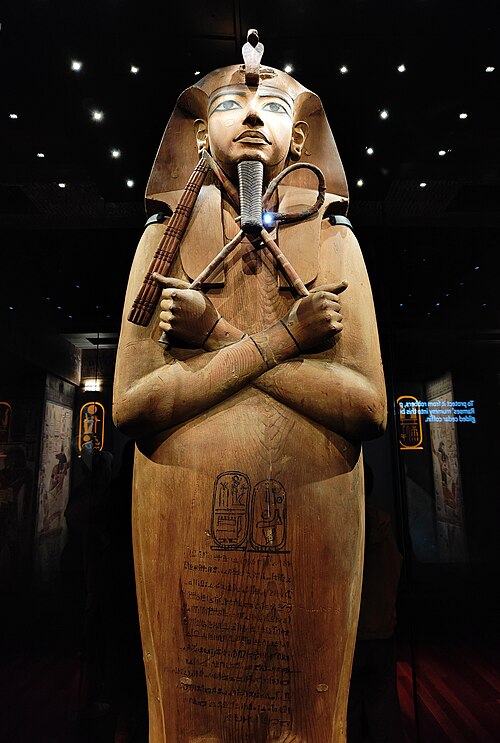
He often depicted himself alongside the gods, emphasizing his role as the earthly embodiment of divine power. Ramesses II fathered over a hundred children and ruled for more than sixty years, leaving a legacy so enduring that later Egyptians called him the “Great Ancestor.”
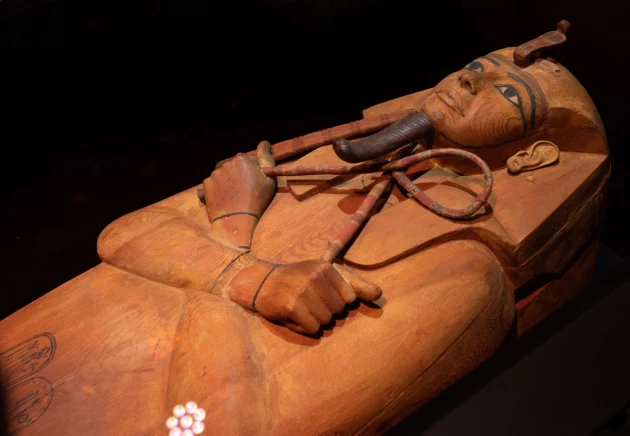
His mummy, discovered in the Deir el-Bahari cache, remains one of the most remarkable finds in Egyptology, offering a direct link to the golden age of New Kingdom civilization.
